You may have heard the rumors about how we are going to face stove cleaning spray shortages in Pakistan this year. But does it really come up short? Detergents are gradually becoming a part of Pakistani consumers’ regular housekeeping routines, and they are using these products more than ever. Because of their capacity to dissolve tough, baked-on food and oil, which also makes them attractive and efficient, oven and grill cleaners may be dangerous. This ability is what makes them so tempting and efficient. Oven and grill cleaners often have high pH values, making them acidic and corrosive cleaning agents. When they come into contact with anything, they have the potential to cause tissue damage, burns, or at the absolute least, irritation. Spraying oven cleaners onto the inside surfaces of the oven and allowing them to sit there with the door closed for a certain period of time is the standard method for utilizing oven cleaners (10 minutes to 2 hours). The fat and food that has been baked should be broken down by the solution, and then the mixture should be allowed to thicken so that it can be removed more easily.

Oven cleaners are often considered caustic due to their high pH levels. Because of this, the solution may then be able to break down and dissolve the abrasive debris that is found in ovens and grills. Remember that the pH of a solution shows whether it is acidic, neutral, or alkaline, so keep that in mind. On a scale that runs from 0 to 14, neutral is considered to be pH 7. The more away the pH value is from neutral, the more likely it is that the substance will be caustic. If the pH value of a solution is less than 7, we classify that solution as having an acidic pH value; the lower the number, the more acidic the solution. The solution is considered alkaline if it has a pH value that is more than 7, and higher values imply a greater degree of alkalinity than lower ones. The pH of several oven cleaners may be as high as 14. If you want to put it another way, the same feature that allows them to dissolve tough, hardened food and oil is also the one that might cause burns if the product is eaten or comes into contact with the skin.

Despite the fact that the pH of oven cleaners is not especially high, they include a lot of ingredients that are not particularly pleasant. Oven and grill cleaners designed for use in commercial settings like restaurants may be designed to be more powerful and more concentrated than those designed for use in residential settings. Oven cleaners have the potential to burn or irritate any tissue that is exposed to them. This includes the mouth, skin, eyes, and airways. If oven cleaners are ingested, the victim may experience nausea, burns to the lips, mouth, and throat, in addition to more severe irritations farther down in the digestive tract, including the stomach and the food pipe. Different symptoms may be present in a burn victim depending on the location of the burn. In the case of a burn to the lips, for example, the victim may experience blistering, swelling, and redness. It’s possible that the lips and neck will reflect this as well. A chemical burn to the neck may induce swelling, which can lead the windpipe to get clogged, which presents a significant danger to the patient’s life. It’s also possible that someone has a burnt throat, which stops them from swallowing, and that’s why they’re drooling. A burn to the skin may cause a variety of symptoms, including redness, peeling, blistering, and swelling. If the solution is allowed to stay on the skin for an extended period of time, it may begin to burn through the layers of the skin, resulting in burns that are deeper and more severe. When breathed in, oven cleaners have the potential to irritate the airways, which may lead to symptoms such as coughing, chest pain, and shortness of breath. In the event that oven cleaners go into the eyes, they have the potential to damage the eye tissue and produce ulcers.

The length of time that the product is in contact with the tissues is a significant factor in determining the degree of harm. For instance, there is no possibility that anything unfavorable will occur if a person accidentally gets oven cleaning on their hand and then promptly washes it off with water. However, the oven cleaning may remain on the skin and cause damage if it is not washed off after a certain amount of time. Because of this, it is vital to begin decontamination procedures as soon after exposure as feasible. Oven cleansers are a big worry if you favor eco-friendly solutions to household cleaning. Oven cleaners, which are frequently marketed as “oven degreasers,” are among the most hazardous home cleaning supplies on the market right now. These treatments effectively remove burnt-on grease and oven buildup rapidly, but the ingredients that make them so powerful also make them hazardous. Numerous hazardous and harmful compounds may be found in oven cleaners. The very caustic chemical sodium hydroxide, sometimes known as “lye,” causes severe, frequently lethal chemical burns. Anti-freeze is dangerous to consume because of the same ingredient, ethylene glycol. Petroleum solvents emit volatile vapors that, if inhaled, have the potential to be lethal. These are but a few of the harmful substances included in oven cleaners.

Oven degreasers are excellent for cleaning your oven but are detrimental in virtually all other respects. If they come into contact with skin or eyes, are inadvertently consumed, or are released as fumes, they may cause serious or even deadly adverse effects. Additionally harmful to the environment, they release poisonous vapors into the air and, if improperly disposed of, introduce poison into landfills. You may want to reconsider your belief that your oven’s self-cleaning function is a secure substitute. Self-cleaning cycles often release carbon monoxide, an invisible gas that, if swallowed in large quantities, may be fatal. Even worse, Teflon coatings are found on most new ovens. The polymers in Teflon coatings degrade under the intense heat of a self-cleaning cycle, releasing poisonous gases. These may cause polymer fume fever, sometimes referred to as “Teflon flu,” which may cause high temperatures, chills, headaches, and chest tightness if breathed. Due to these reasons, many manufacturers stopped producing stove cleaner and many countries such as Pakistan are facing a shortage of this product. To buy an oven cleaner in high tonnage and at the lowest price, you can contact us.
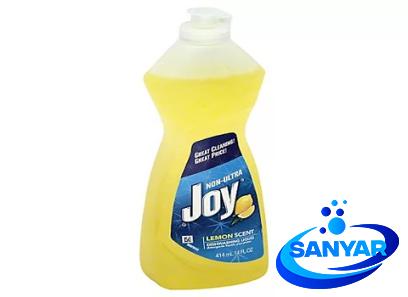
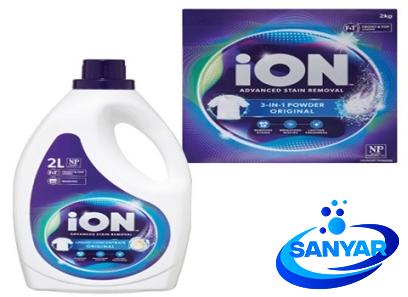
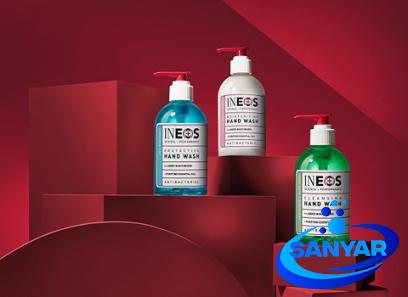
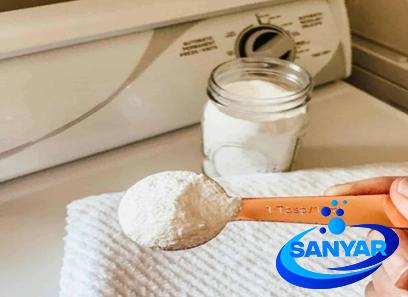
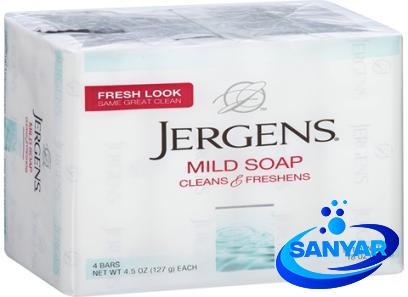
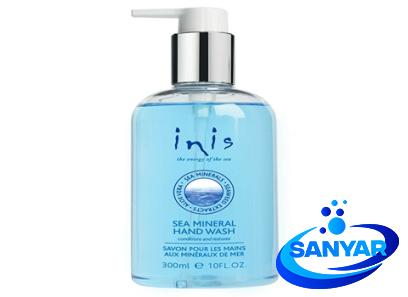
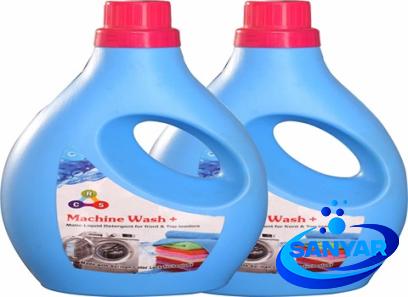
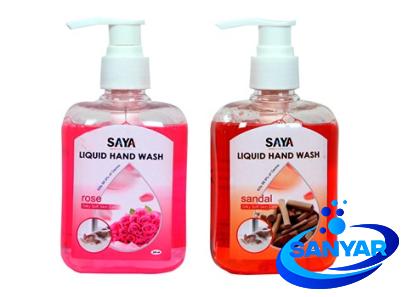

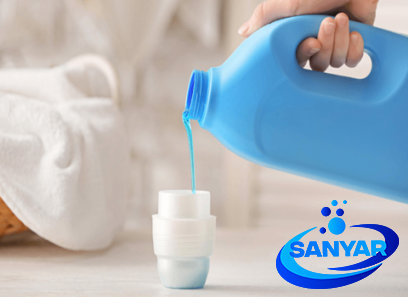
Your comment submitted.